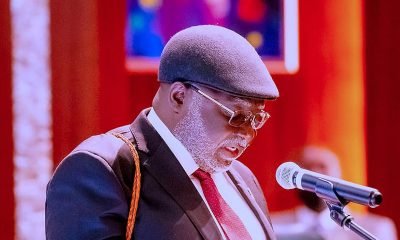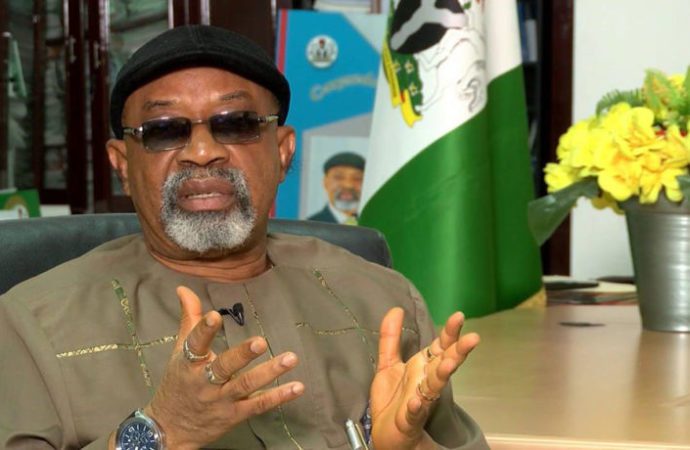For the third quarter of 2023, the unemployment rate surged to 5.0%, marking a notable increase from the 4.2% recorded in Q2 2023. Among men, the unemployment rate stood at 4.0%, while among women, it was 6.0%.
Geographically, urban areas reported a 6.0% unemployment rate compared to 4.0% in rural regions. Youth faced a particularly high unemployment rate of 8.6%.
Regarding educational attainment, the unemployment rates varied: 7.8% among individuals with post-secondary education, 6.3% for those with upper secondary education, 5.5% for those with lower secondary education, 4.8% for those with primary education, and 2.7% for those with no formal education.
In Q3 2023, the proportion of employed individuals engaged in informal work decreased to 92.3%, down by 0.4% from the previous quarter’s 92.7%. Notably, women exhibit a substantially higher rate of informal employment compared to men.
Rural areas reported a higher prevalence of informal employment, with 97.2% of residents involved, while urban areas estimated an informality rate of 87.5%. Females are disproportionately represented in informal employment compared to males.
READ ALSO: NECA warns of unemployment, tax losses as businesses leave Nigeria
For the quarter under review, 87.3% of employed Nigerians were predominantly self-employed, while the remaining 12.7% worked primarily as employees.
In terms of gender breakdown, 90.5% of women were self-employed, contrasting with 84.2% of men in similar roles.
Urban areas showed a lower proportion of self-employed individuals, with 80.3% engaged in such work, whereas rural areas exhibited a higher rate of 94.5% among the employed.
During Q3 2023, Nigeria’s labour force participation rate stood at 79.5%, down from 80.4% in Q2 2023. Men exhibited a participation rate of 80.9%, while women had a rate of 78.2%.
AdvertisementResidents in rural areas were more inclined to participate in labour activities compared to their urban counterparts.
In the same period, 75.6% of Nigeria’s working-age population was employed. Among males, the employment-to-population ratio was 77.7%, whereas among females, it was 73.5%.
Urban areas reported an employment-to-population ratio of 71.1%, whereas rural areas demonstrated a higher ratio of 80.7%.

 Comments and Issues2 days ago
Comments and Issues2 days ago
 Business6 days ago
Business6 days ago
 Business1 week ago
Business1 week ago
 Business1 week ago
Business1 week ago
 Business5 days ago
Business5 days ago
 Comments and Issues5 days ago
Comments and Issues5 days ago
 Education7 days ago
Education7 days ago
 News6 days ago
News6 days ago












